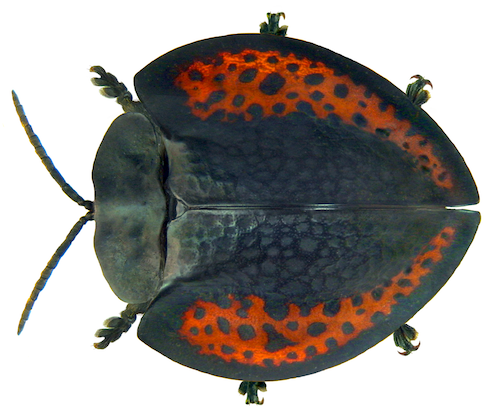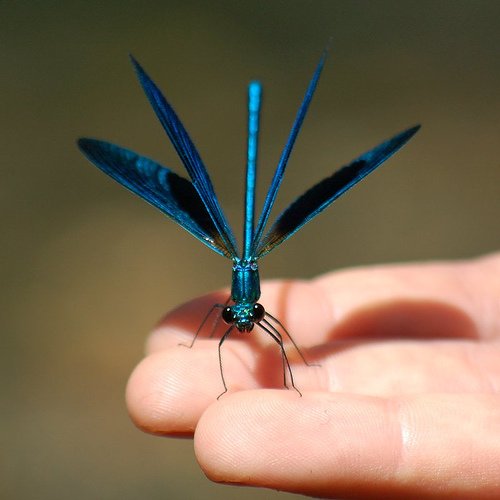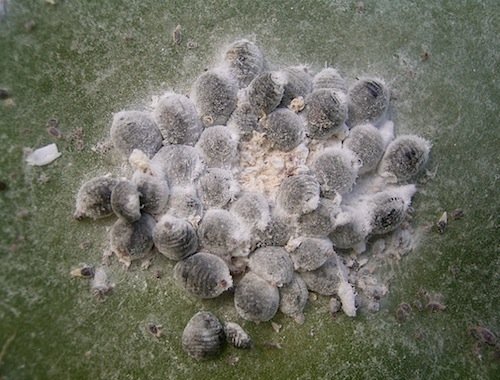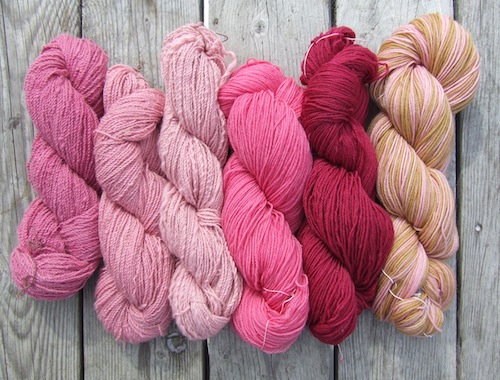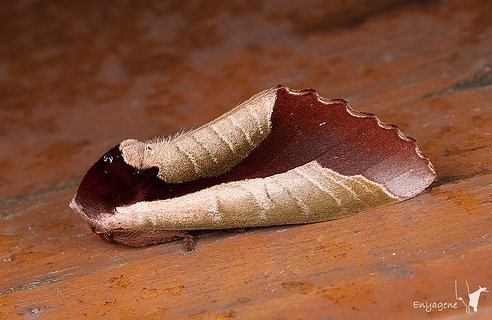Probably the single most glamorous moth in the UK, this is an elephant hawkmoth:

What a stunner.
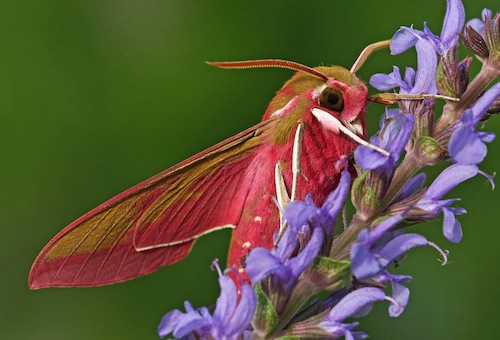
It’s like a furry stick of rock.
And as well as one of the most amazing moths in the UK, it’s also about the most amazing caterpillar:

It’s a monster! Every year I hope to find one of these in the rosebay willowherb in the garden, but no luck so far.
» ‘Elephant Hawkmoth, Deilephila elpenor’ is © Drinker Moth and used under a CC by-nc-sa licence. ‘Garden mothing 2011 #18, 25 May’ is © nutmeg66 and used under a CC by-nc-nd licence. ‘elephant hawkmoth 6’ is © kantc2 and used under a CC by-nc licence.

